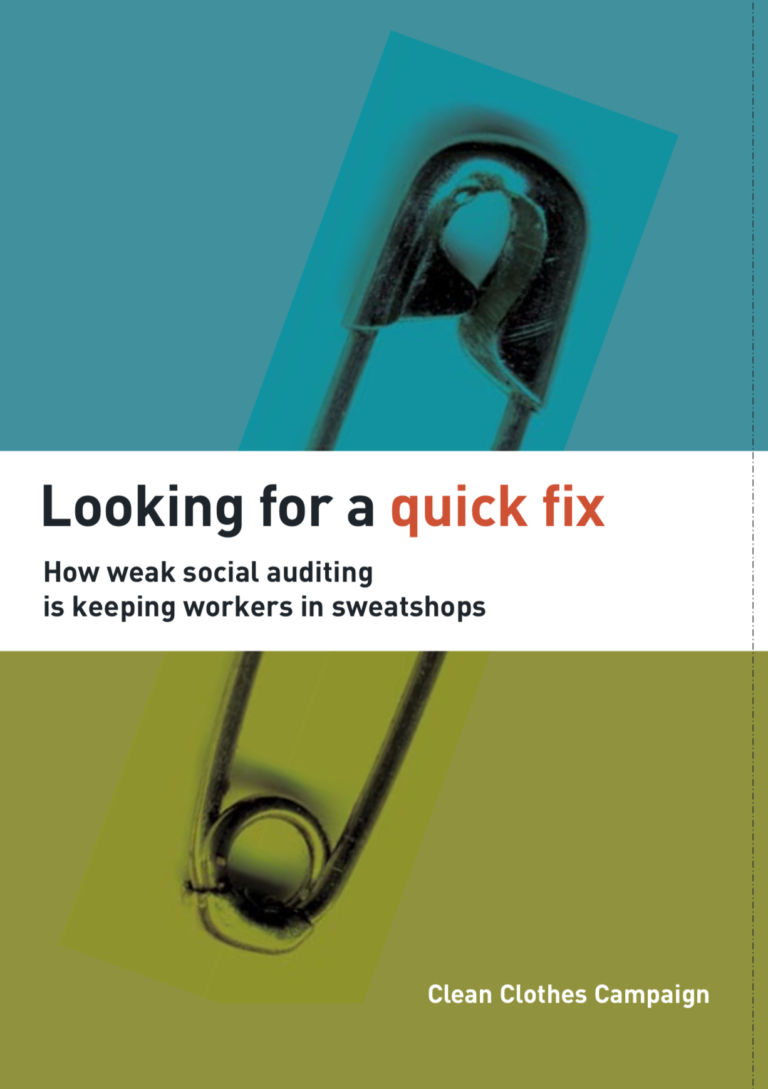This report from 2005 researches the weaknesses of social auditing. Social audits to check working conditions in production facilities emerged in the mid-1990s after a number of high profile companies were widely scrutinized for substandard working conditions in their supply chains. At that time, a growing number of companies– for example Nike, Gap, Levi Strauss, and C&A– had adopted codes of conduct that in essence were pledges to prevent exploitation and abuse of workers producing their goods. Labour advocates soon challenged these companies to demonstrate conformity to the standards they had adopted. Calls for independent, civil society based forms of workplace assessments were made.

